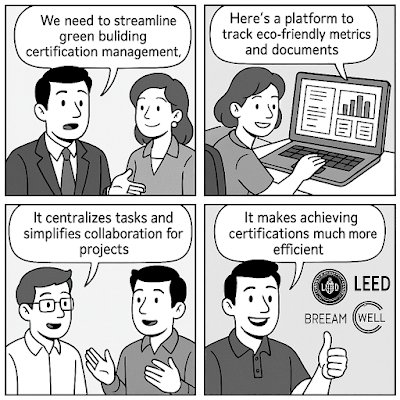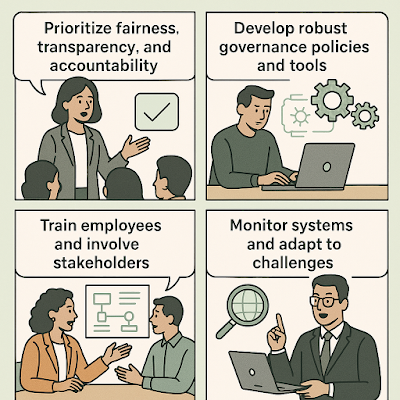SaaS for Prompt Classification under GDPR’s Automated Processing Laws

SaaS for Prompt Classification under GDPR’s Automated Processing Laws Think about this: Every time a user sends a prompt to your AI system, that input could potentially carry legal weight under GDPR. It’s no longer just about the output of your LLM—it’s the input that’s catching attention. In fact, regulators are starting to consider whether the prompts themselves fall under “automated decision-making” and require legal scrutiny. Sound overwhelming? That’s why Prompt Classification SaaS tools are emerging as a practical answer. In this post, we’ll break down what these tools are, how they work, and why your legal and compliance team should care—like, yesterday. 📚 Table of Contents Not sure where to start? Use this quick guide to jump to your section of interest: Why Prompt Classification Matters Under GDPR How These SaaS Tools Work Key Features to Look For Integrating with Legal Operations Top-Rated Prompt Compliance Platforms Future of Prompt-Level R...









